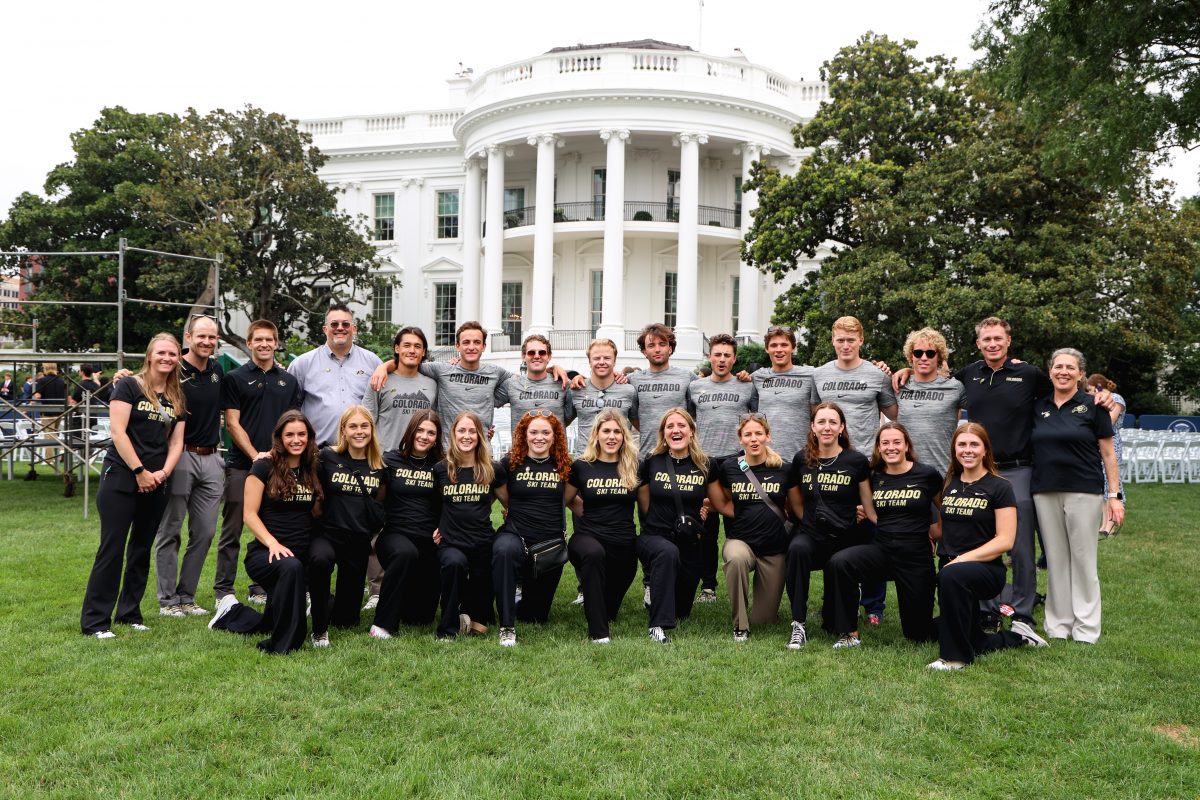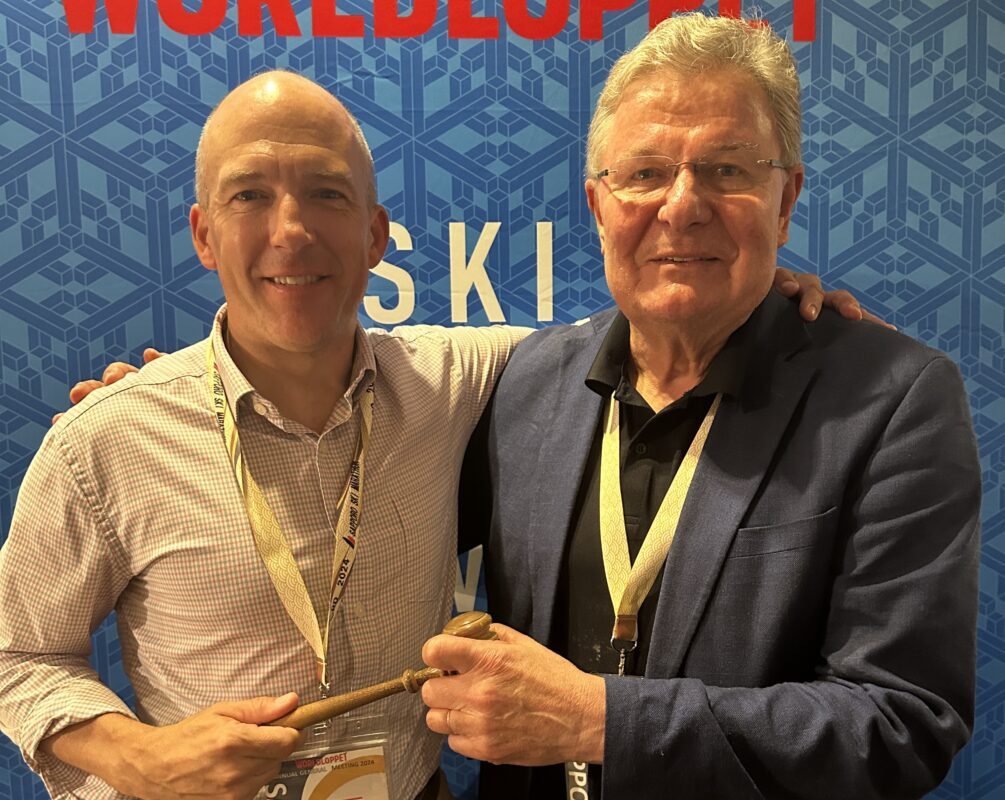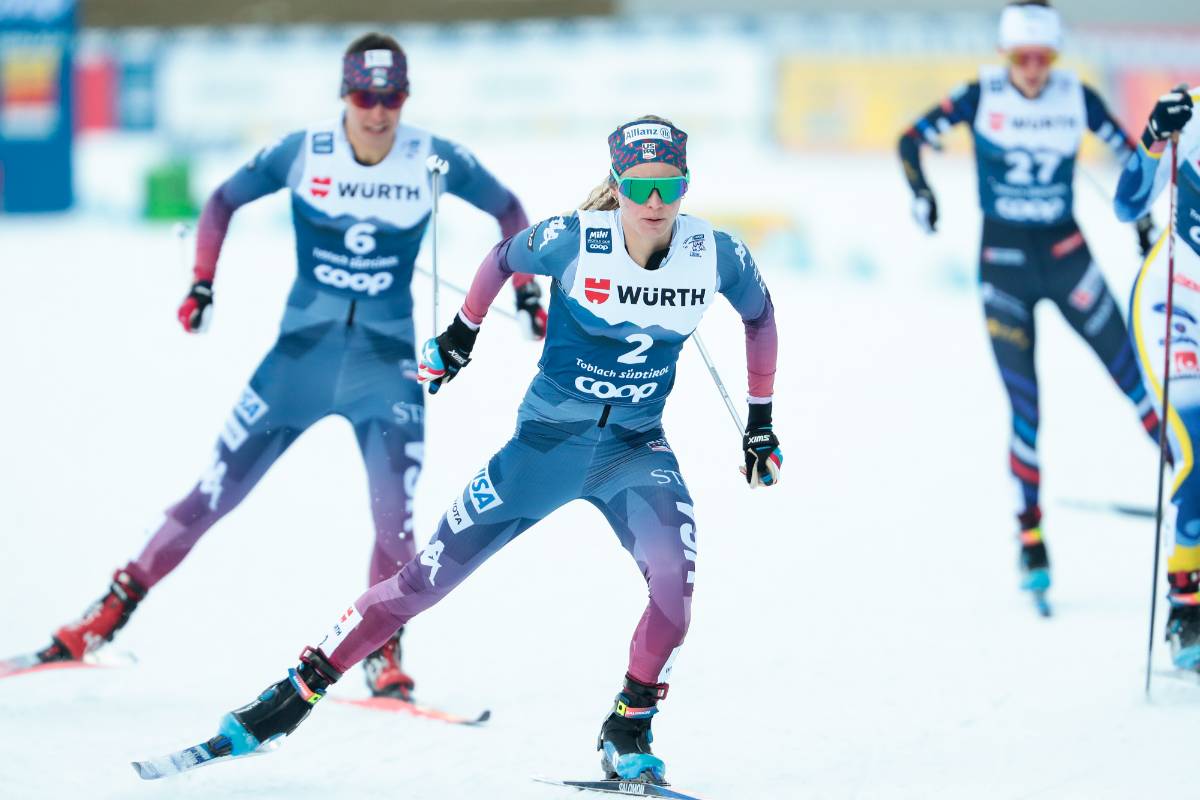Last winter, the Canadian NorAm series embraced the mini-tour concept with open arms. With four events over the course of the season, athletes, coaches, race organizers and fans alike had the opportunity to experience the new race format, which has become a significant part of the World Cup circuit.
Hosted at four separate locations – Rossland, B.C., Orford, Quebec, Nakkertok, Quebec, and Kelowna, B.C., the mini-tours were spread out—both geographically, with two in the East and two in the West, and across the season. This gave Canadian (and American) athletes a unique opportunity to hone their skills in the multi-stage race format.
And as with any new experience, there were highs and lows.
This season, Cross Country Canada (CCC) has reduced the number of multi-stage races down to just two – one at Western Canadian Championships in Canmore, Alberta, and one at Eastern Canadian Championships, at Nakkertok Ski Club in Ottawa, Ontario.

Excitement
Without a doubt, mini-tours make for great competition—athletes, coaches, fans, and race organizers alike agreed on that point. The NorAm series was close – especially on the men’s side, with Drew Goldsack and Graham Nishikawa of the Alberta World Cup Academy (AWCA) going toe-to-toe for the entire season in a tight competition for the World Cup slot, which is awarded to the winner.
“I really like the mini-tour concept,” said Nishikawa, the eventual winner, in an interview this past winter. “It makes for very exciting racing on the final day.”
“It was tight battle [for the NorAm title],” said CCC Events Coordinator Dave Dyer in an interview with FasterSkier. “The opportunity to garner an FIS regional quota spot for the World Cup also makes a huge difference.”
While the battle between Goldsack and Nishikawa came down to the final race, the womens’ competition featured much less drama. Perianne Jones took the lead early in the season, and never relinquished it despite not racing either mini-tour in Eastern Canada, and heading onto the World Cup for the last three weekends of racing.
Internationally Relevant
The inclusion of mini-tours on the domestic circuit also lines up with international trends in cross-country skiing. The International Ski Federation (FIS) has made the mini-tour format a staple on the World Cup, with two events bookending season.
If the domestic calendar reflects the latest in FIS trends, then national-level athletes get the experience at home that they will need abroad.
“Great to see the CCC events committee respond to the evolution of international trends,” wrote Chris Jeffries, an AWCA coach,in an e-mail to FasterSkier this spring.

Organization
Jeffries also emphasized that organization played a crucial role in making the mini-tours successful.
“Day three in Rossland [first mini-tour of the season] was a perfect schedule, and a model of how all distance events should be run at future NorAms,” he wrote.
Jeffries was impressed with the attention that Rossland tour organizers paid to details such as wax-testing areas, and timing of races in order to allow service staff to provide the best possible support.
“Overall, I think our domestic circuit is continuing to develop, and venues that have hosted events regularly in the past continue to improve and professionalize their product,” he wrote.
Dyer agreed that the event in Rossland, hosted by the Black Jack Ski Club, was well-run, and felt that of the four, had the greatest success in terms of producing results and using the available technology effectively.
Number of Events
However, as with any new initiative, there were a few growing pains.
First and foremost among complaints was the sheer number of mini-tours on the calendar. In a space of 17 days, spanning the end of January and the beginning of February, athletes chasing NorAm points were expected to race 9 times in three separate mini-tours—a total that evokes the eight-stage Tour de Ski.
For Jeffries and the AWCA, who contested all three events, crossing the country three times in that short period of time was stressful, and as a result, skiers and staff were stretched.
“Athletes were mentally and physically exhausted afterwards, and compromised the end of their seasons due to health and recovery and compromised training,” Jeffries wrote.
There were also many race formats, but a startling lack of one specifically – mass starts. In four weekends of mini-tour racing, there were zero true mass start events, something Jeffries felt was detrimental to the NorAm series.
Division of Points and Money
With well over 50% of the NorAm points awarded during the season coming in mini-tour events, it was difficult to do well in the overall standings if you have one bad race in a three-race weekend, as the outcome of one day affects the others.
For Jeffries, it comes down to prize money as well. “The prize money needs to increase,” he wrote, “particularly for the race winner and top three.”
Jeffries felt that the added expense of crossing the country multiple times in pursuit of the lone World Cup spot justified a higher purse.
However, according to Dyer, CCC had invested a further $8000 dollars of prize money into the NorAm series last year as a result of the mini-tour format.
Dyer explained that the NorAm circuit rewards up to the top five athletes in individual races with cash prizes, which reduces the amount available for the winner.
“It’s always a little bit of a balance,” he said, “Do you reward just the top best, or try to spread the money a little more?”
However, Dyer did agree that considering the amount of travel, costs for athletes rose more than he anticipated.
“When we put the schedule together, I didn’t feel that athletes would be engaged both east and west as they were, which is good, and we’ve learned from that.”

Organizational Difficulties
Setting up these new race types put unexpected demands on race organizers, who have never experienced the variety of formats. It forced many into new timing situations, such as dealing with the distribution of bonus seconds, and correctly organizing handicap starts.
“The timing and data software was not totally fine tuned for this type of event,” said Pierre Millette, organizer of the Eastern Canadian Championships, held in Cantley, Quebec. However, he felt the results posted were “decent.”
Millette said the organizing committee was concerned about the mini-tour, as they had never held a sprint in the current format, or a handicap-start event. Additionally, the designation of the race as a FIS sanctioned event increased the pressure and unfamiliar territory, but Millette said he was still happy to run the tour.
Number of Races
There are only 7 race weekends on the NorAm calendar, and with 4 of them being mini-tours, the mini-tour was the rule, rather than the exception this past winter.
The mini-tour is designed to be a special event, different from a regular race weekend, something with a somewhat higher profile. And as Jeffries explained, “too much of something no longer makes it special.”
On the World Cup, which boasts 11 race weekends, not including the Tour de Ski or World Championships, there are two mini-tours. The second weekend of racing in Kuusamo, Finland, featured a tour, and the final race weekend of the season, the World Cup Final, in Sweden was a mini-tour.
Pierre Millette voiced a similar opinion to Jeffries. “We would be happy to host it again but there is probably too much mini-tours in the calendar” he wrote.
“The mini-tour should be only once in the East part of the country and once in the West part too and
preferably during Easterns and Westerns. These events are the most important one after Nationals.”
In an interview with FasterSkier earlier this spring, Emily Nishikawa (AWCA), who finished second in the NorAm womens rankings voiced a similar expression, “I only did two,” she said, “but that was a great number.”
It seems like CCC has listened to athletes and coaches, releasing a 2011-2012 schedule, with just two mini-tours on the schedule—Eastern and Western Canadian Championships will both be run in the three-race format.
As well, according to Dave Dyer, the calendar has addressed the issue of travel, streamlining the series so there are always at least two race weekends in a row in close geographic proximity, before moving across the country.
CCC Athlete Rep Greg Kilroy was positive regarding the schedule in a recent interview with FasterSkier – “I think the events and management committee did a great job responding to the concerns athletes and coaches had about last season,” he said.
“Anything that was brought to me by an athlete, the other members of the board were aware of, and was addressed.”
“Ultimately the setup of races [this year] makes it a lot more feasible for teams, because travel is so much easier,” said Kilroy.
Editor’s Note: This article originally stated that the Telemark Ski Club organized the Rossland, B.C. mini-tour. This was incorrect. The Rossland mini-tour was host by the Black Jack Ski Club. Telemark hosted the Kelowna event.



